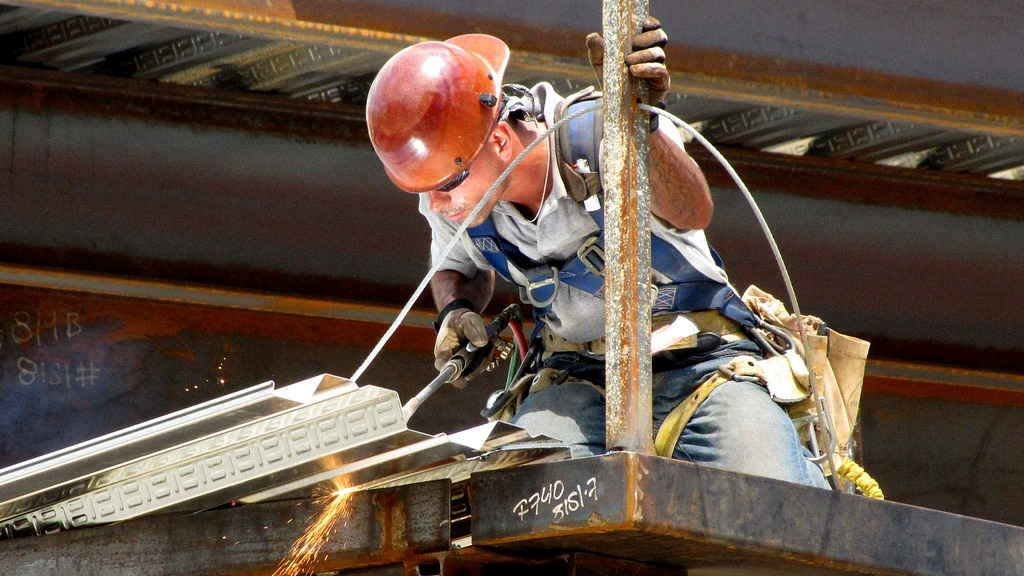Less than 3% of new logistics with a steel structure is designed to be demountable. By doing the latter, logistics elements can last much longer, argued Aniek Averesch of Circulair Staal during a pitch podium meeting of the Dutch Industrial Logistics Association (DILAS).
The event ‘Discover the beauty of logistics real estate’ in the Gelderlandfabriek in Culemborg marked the follow-up to the national logistics real estate debate that DILAS organized in collaboration with the College of Government Advisors (CRa) and the Ministries of Economic Affairs and Climate Policy and the Interior and Kingdom Relations. Eleven companies provided pitches based on various themes (practical) examples of how the logistics sector can make a positive contribution to the sustainable fulfillment of the demand for space in the Netherlands.
The companies’ pitches, submitted by DILAS members, focused on projects that excel in the most diverse themes in the areas of architecture, energy solutions, ecology, sustainable land use and circularity.
Power plants of the future
Martijn Sleutjes of WDP and Diederik de Jonge of Heembouw Architecten showed how ecologists and landscape architects can contribute to the preservation and promotion of biodiversity and ecological value by working together with distribution centers. Solar energy specialists Sunrock, I-Well and Spectral indicated in their pitch that logistics real estate can play a role in the energy problem and that buildings – as is already apparent in practice – have the potential to become energy plants of the future.
Don’t weld, connect
Aniek Averesch of Circulair Staal stated that the logistics sector has created seven million square meters of logistics real estate in the past two years, equivalent to 276 million kilos of steel. According to Averesch, of that number of ‘kilos’, less than 3 percent are designed to be dismountable. ‘Let’s do things differently and, as a sector, aim for a steel construction that is not full of optimized welded connections, but with connectors. This is circular and will enable future generations in twenty to thirty years to reuse every element. The good news is that we are already doing it in practice.’
Complex challenges
DILAS board member Tim Beckmann says that the pitches from the companies show that the logistics sector is taking up the challenge to think about the complex challenges that the Netherlands has in the field of spatial planning. ‘There has been a lot of discussion lately about what the added value of logistics is. That is a shame because the recent report from the Board of Government Advisors ends with many recommendations that were also discussed today about how could you do things differently? It would be great if the current polarization stopped.’
Adding value to the environment
The question of which logistics we need or not is a discussion that, according to Beckmann, should be conducted by macroeconomists and not by planners and urban planners. ‘We could make so many big steps as a sector if we at least say that we are going to add value to the environment with every development. That we think more carefully about where we realize a development, where it fits and what it should meet in order to provide social added value and – very importantly – also make it relevant. That would be much more positive and if we pursue that, I think we will make very big steps in the Netherlands.’
